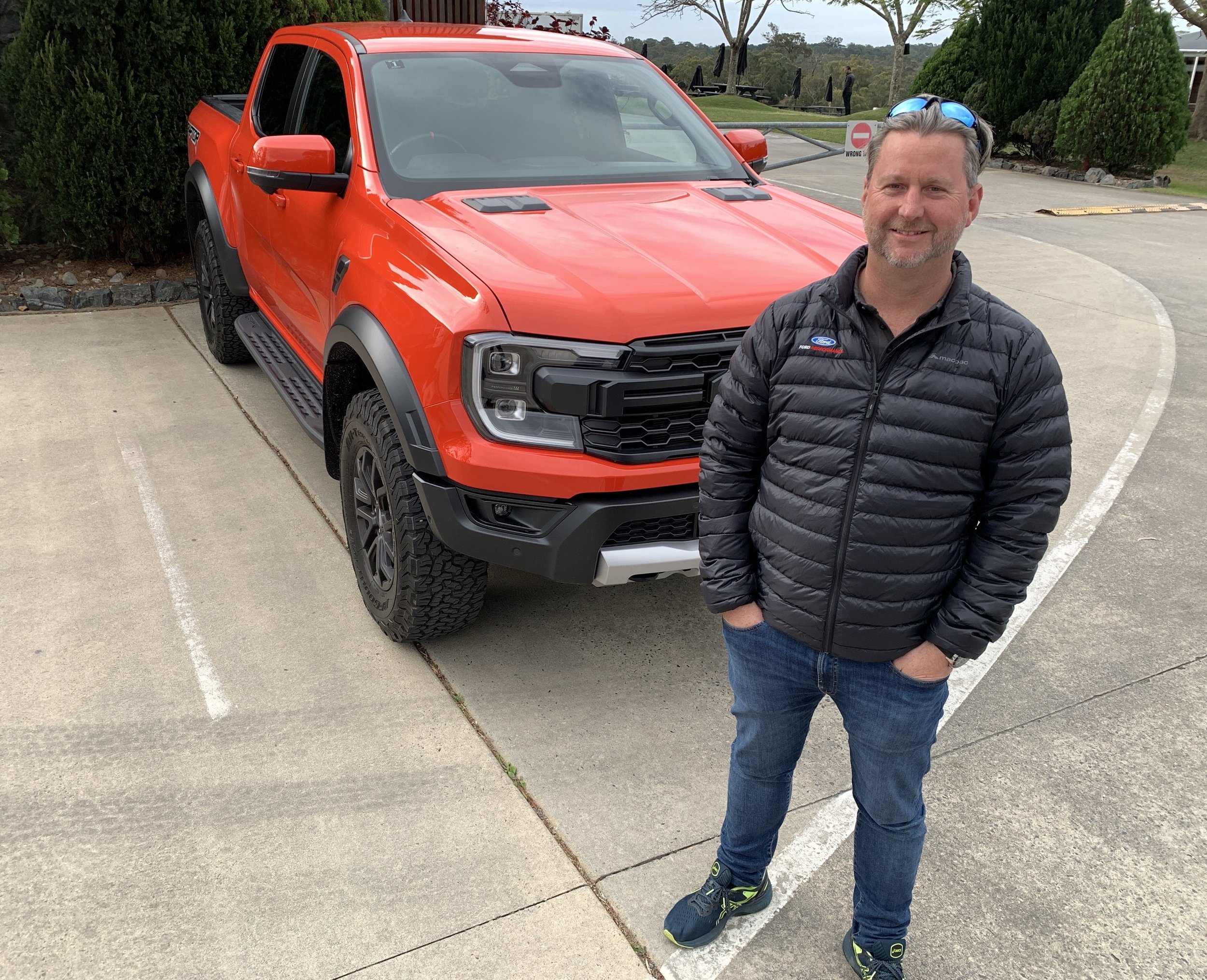Amarok ahead of Ford twin on safety score
/Side impact and whiplash protection scores slightly better than Ranger’s.
OCCUPANT side impact protection effort applauded in the Ford Ranger has received even more plaudits in its Volkswagen Amarok twin releasing imminently.
That determination comes from Australasian New Car Assessment Programme, the independent crash testing agency operating from Melbourne that relies on funding New Zealand agencies and is considered our national standard.
Amarok is the latest vehicle to be awarded a five-star safety rating from ANCAP against the 2020-2022 testing protocols.
It narrowly scoring better than its vaunted Ford twin, New Zealand’s top-selling utility, albeit on two specific values.
It’s nonetheless a result that will be celebrated by VW because one of those was to do with side protection, previously a weak area.
The new product’s score was drawn from testing of the Ranger, closely related in all but look, which achieved its own five star score last September. The Amarok’s result also required additional frontal offset and side impact tests conducted by Euro NCAP, which has harmonised testing protocols with ANCAP.
Amarok scored 86 percent for adult occupant protection, 93 percent for child occupant protection, 74 percent for vulnerable road user protection, and 83 percent for safety assist.
The adult occupant protection score for the German brand’s model is technically higher than what the Ranger received, with the Ford receiving a score of 84 percent. The Amarok also fared better overall in whiplash protection.
Both deliver as big improvements over the old Amarok, which while sturdy and certainly right up to play on safety when it launched, ultimately languished because that all happened in 2010. What’s coming out imminently is therefore replacing one of the oldest products in ute-dom, which all through production lacked the latest in side impact protection.
ANCAP notes the Amarok had a mix of ‘good’ and ‘adequate’ injury risk scores across the range of crash tests with adult dummies, though there were some areas with ‘marginal’ performance.
In the two Child Occupant Protection tests the Amarok scored full points, with ‘good’ levels of protection observed for both child dummies.
The independent crash testing authority has pointed out that the installation of child restraints in the centre seat of the second row isn’t recommended as there’s no top tether anchor fitted.
Like the Ranger and many other utes, the Amarok was shown to pose an increased risk to occupants of oncoming vehicles in a crash, with a 3.57 ‘compatibility’ penalty applied.
However ANCAP was impressed Amarok comes with the same provision of collision avoidance systems as Ranger. These are capable of responding to pedestrians, cyclists, and other vehicles in forward and turning scenarios.
‘Good’ scores for Amarok’s performance in emergency lane keeping, lane keep assist, car-to-car autonomous emergency braking (AEB) tests, and car-to-cyclist AEB tests.
Car-to-pedestrian AEB tests delivered an ‘adequate’ result.
As previously reported, the new line contains to double cabs, all diesel, and spans from an entry rear-drive, at $65,000, with everything else in four-wheel-drive. The latter comprise a biturbo 2.0-litre at $75,000, a new-to-VW Panamericana at $88,000 and the Aventura flagship $2000 above that.
The Ford-supplied engines are a 155kW/ 505Nm biturbo four and a 3.0-litre single turbo V6 makes 184kW and 600Nm of torque. VW’s previous, V6 turbodiesel, the Kiwi sales staple for the past four years, created 200kW and 580Nm.
The 292kW/583Nm twin turbo V6 petrol Ford puts into the Ranger Raptor is off-limits to Germany.
All Amaroks seem dearer than the Ford Ranger equivalent models, but appear to be better equipped, with the largest screens on most, and LED headlights across the range and a tow bar, side steps and styling bar standard to the V6s.
Amarok is built by Ford, in South Africa, alongside Rangers for Europe and Africa. NZ-market Ranger comes from Thailand. The old Amarok mainly came from VW’s General Pacheco plant in Argentina, though for a time some V6, in a Euro 6 format that demanded AdBlue, were out of Hannover, Germany.




















